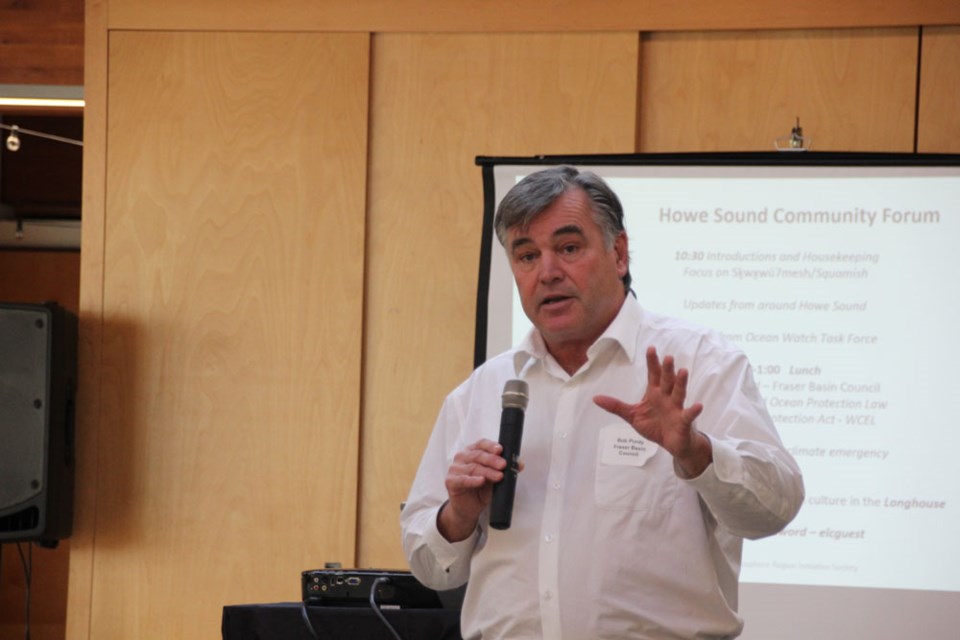A group that helped manage Bike to Work weeks, among other clean air quality initiatives in the Sea to Sky Corridor, is dissolving.
The Sea to Sky Clean Air Society (SSCAS) was previously known as the Air Quality Co-ordinating Committee, which started in 2002 with funding from local governments and the provincial government. It commented on air quality impacts of development proposals, took part in the Sea to Sky Air Quality Management Plan and promoted clean air events.
But the society is currently without an executive director and without funding. Attempts to garner more funding once the society achieved charitable status in 2010 were unsuccessful, it was announced at the Howe Sound Community Forum where researchers, local leaders and stakeholders were gathered at the Cheakamus Centre in Paradise Valley on Oct. 25.
Chair of SSCAS, Peter Frinton, wrote in a press release that ending the activities of the society "is done with regret, as there had been a lot of time, effort, and money put into the work of air quality management in the Sea to Sky airshed. However, the AQMP [Air Quality Management Plans] remains extant as a document, and new funding for such activities as the Wood Stove Exchange are available on an annual basis."
By a raise of hands at the Howe Sound Community Forum, it seemed the issue of air quality is still a concern for many.
But in a presentation at the forum, Bob Purdy of the Fraser Basin Council said a study by his organization found air quality was not a high priority for local governments, and many were not aware of the SSCAS's work.
"One needs to appreciate that being a not-for-profit in a world with lots of not-for-profits and not a lot of money to go around is not for the faint-hearted. Working on just a purely volunteer basis can be very difficult and the SSCAS has encountered some difficulties around funding certainty," Purdy said.
Purdy said there are three next-step options: creating a new organization as a quasi-autonomous non-government organization, becoming a non-governmental organization (NGO), or being absorbed into an existing entity.




